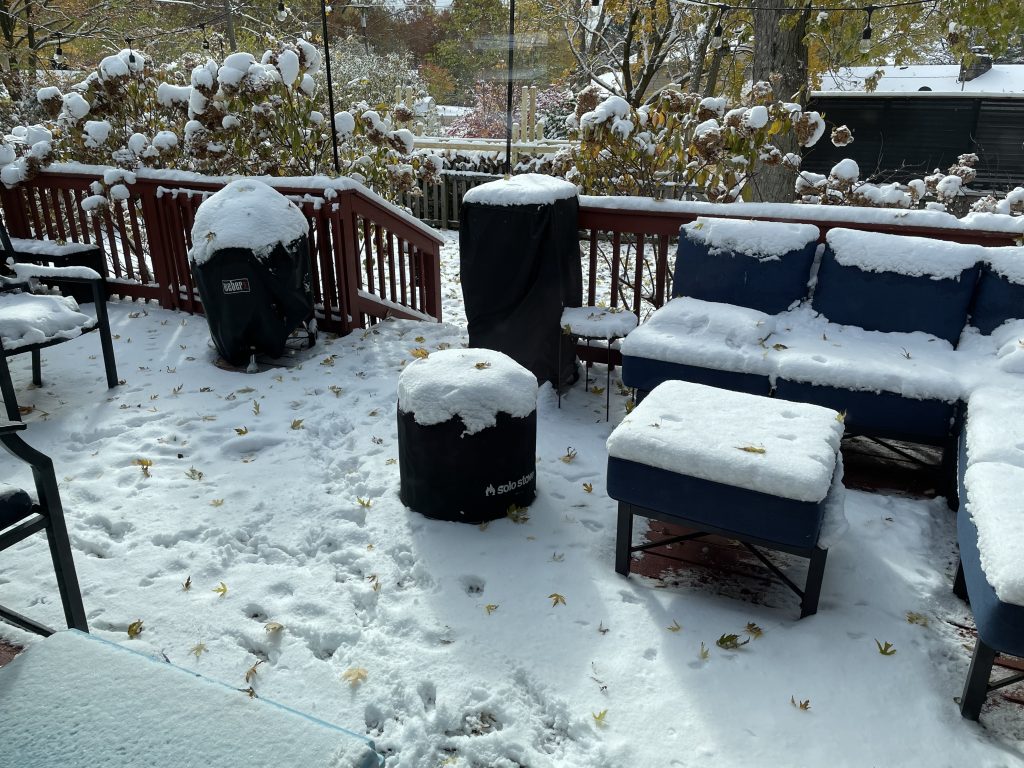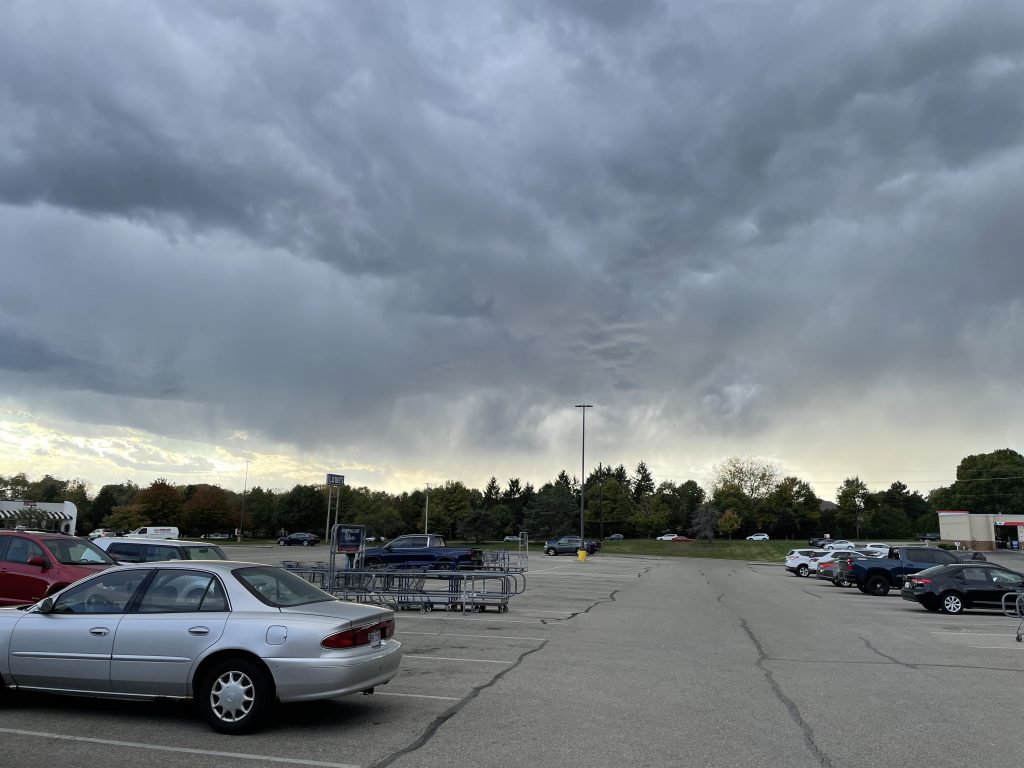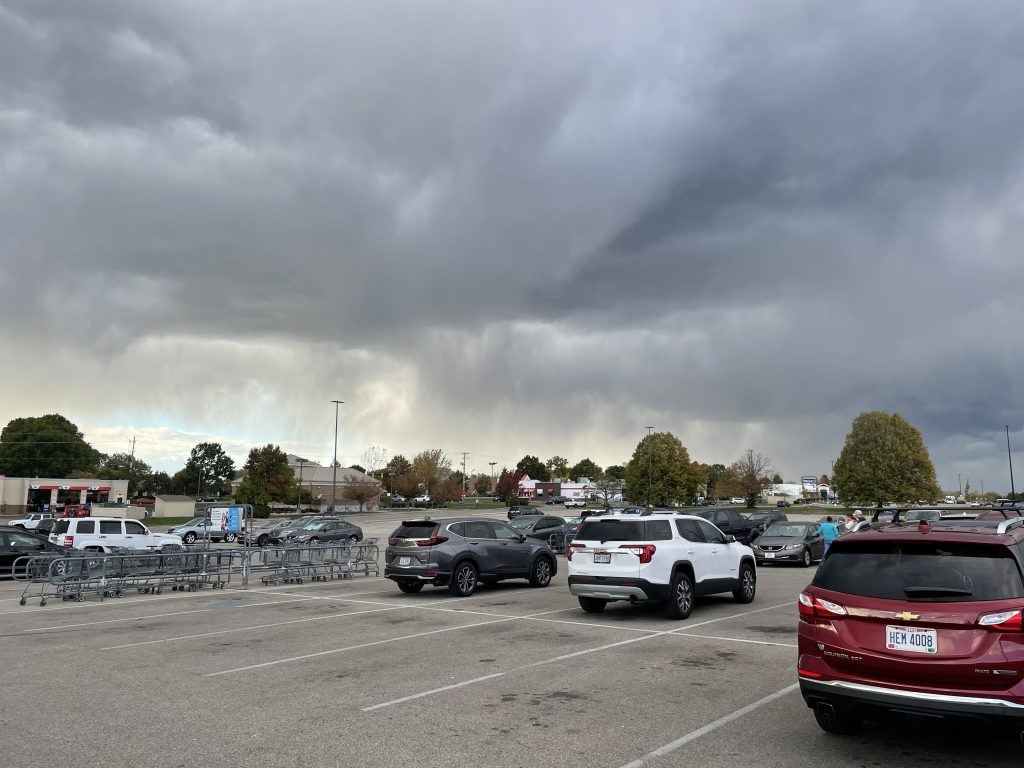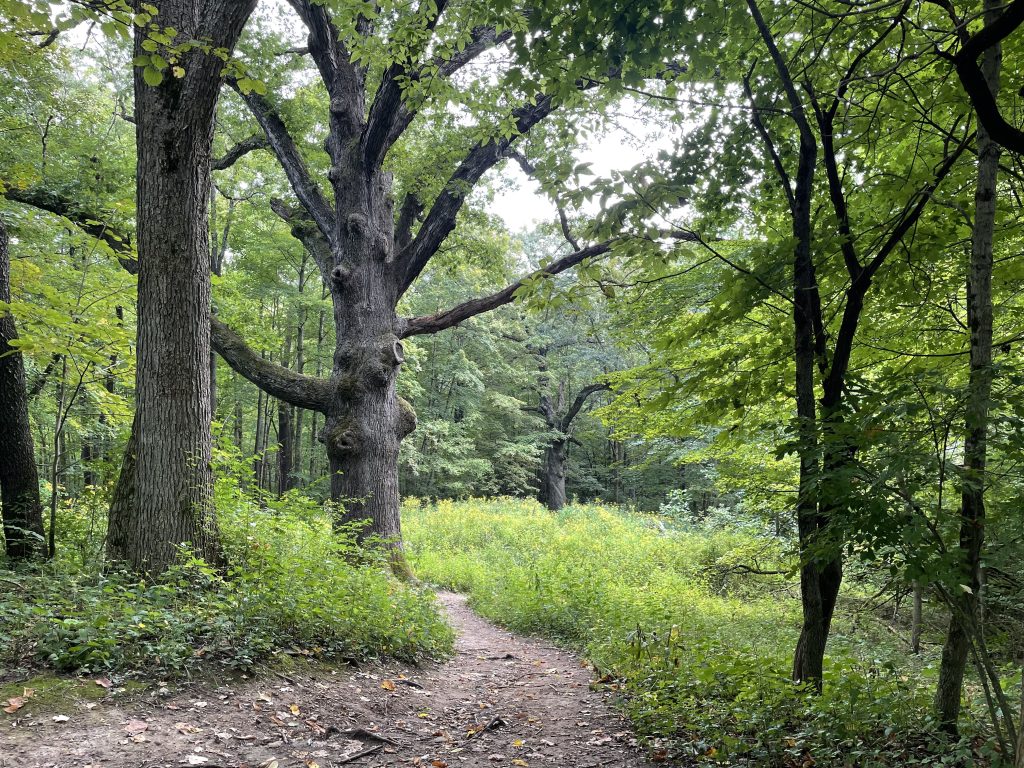Got an early snow this season.


And with two January snow events, this seems promising. Or ominous, depending on your view.
But we have a roof that can deal with it all!
–Simon

Tales from Easement Acres
Got an early snow this season.


And with two January snow events, this seems promising. Or ominous, depending on your view.
But we have a roof that can deal with it all!
–Simon
I dunno what formations these are, but that right there is some o dat midwest weather:


–Simon
This one isn’t as cool as the last one.
But I took a week off and need to catch up on posts, so this is all you get for now. Because work is demanding my time right now.

Still cool though.
–Simon
I won’t re-review this park, but I’ll take the opportunity to add some photos since, 1) I didn’t last time, and 2) We were revisiting in the summer when things were green.
https://ephemerality.net/category/parks-with-ken
So here’s some photos:


–Simon
How many times have we been told that human attention spans are getting shorter and they’re even shorter than that of a goldfish’s? I don’t know how that was calculated, but I’m guessing it’s one of those silly bits of “knowledge” that gets passed around, yet no one verifies. Like old glass being amorphous in nature, which is why farmhouses have ripply windows.
Maybe it’s getting harder to focus on a singular task, collectively. But where’s the reference point? I remain skeptical, but for the sake of entertaining the theory, I’ll give a potential example: hunting. Memories of my youth recall excitement with lots of game and running through brush after rabbits with my dad. Last time we went together, however, it ended with him picking mushrooms and me sifting through the fields identifying wild carrots. So maybe it’s true. Or maybe there just isn’t as much wild game anymore.
Whatever the case, a day in the woods now capitalizes on all nature has to offer. It is no longer an adventure with a singular objective. And as such, my father is now a mushroom forager.
There’s one in particular he seeks out: Chicken of the woods. Because, in his words, they’re edible and highly unlikely to be mistaken for any other type of mushroom (i.e. unlikely to be confused with a mushroom that causes catastrophic renal failure). Plus, there’s the coolness factor.
And his last excursion was very successful, so he brought some down. They’ve been in the freezer long enough for me to forget about them, but a recent freezer cleanout revealed the forgotten bounty. It was time to give them a try.



And I must agree: it does resemble chicken meat, especially in texture. Flavor was mild, not so much like good chicken, but more like Tyson-brand cheap chicken. Worth the grab for a distracted mind when no squirrels are out. It might not be meat, but it’s still a good find. Thanks Dad!
–Simon